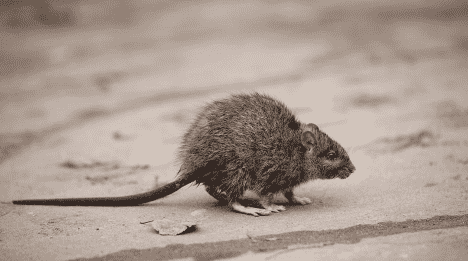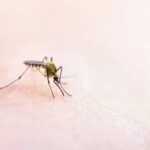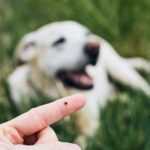Seattle Rats – almost sounds like a sports team, right?
Well this blog isn’t about sports, but let’s talk about Seattle rats. There are two common species of the Seattle rat – the Norway rat and the Roof rat. Seattle rats are everywhere. Nocturnal, they often go unnoticed, until they become a nuisance. Sound, smell, or sightings are common rat signs of infestation. They seek food, water and shelter. Seattle rats have so many options. A few examples: garbage, pet food, birdseed, vegetables, meat, spoiled food, nuts. If you look, you can see that there is a smorgasbord of food options for Seattle rats, (more than we have for dining out). Many buildings, apartment’s, restaurants and dark alleys host overflowing garbage cans that attract them. Think Templeton, in Charlotte’s web! The more people, the more opportunity for Seattle rats.
Seattle rats are small enough to fit through quarter sized holes, (I know you grabbed a quarter and just thought “really, no way”). Seattle rats are not native, they were imported. That’s right, they came in on cargo ships.
Roof rats enjoy a habitat with trees, branches, and vines. They have big ears and eyes, long tails, (longer then the head and tail combined). The tail helps in balancing. Pointed noses and have slender bodies. They have even been seen running along wires, coming into the home. Keeping tree branches cut back and away from the home will help prevent the Seattle rat from accessing the roofline.
Norway rats are common on the ground, alleys and sewers. Tails are shorter than head and body combined. Heavy set, small ears and eyes, and blunt nose. Make sure to seal up any entry points to help prevent them. Vent screens, burrowing, and keeping shrubs, bushes cut back also. Leave no gap left unchecked. They have been known to come into buildings using the sewer lines, yes up the toilet as they can swim, underwater. Seattle rats swim!
Rat’s gestation period is about 21 days – and she can become pregnant one day after giving birth! Averaging 6-13 pups. Okay I hear the gears clicking. Let’s think. So, a female rat is pregnant for 21 days and can get pregnant THAT FAST. Potentially 16 litters PER YEAR – okay breath! 16 litters at 6 to 13 pups = 96 to 208 more Seattle rats. Oh man!
Seems to me that rats are resilient. They have lasted this long. We can continue to help knock down the population. Making sure that there are no access points. Inspect your home once a year. Seal any entry points, correct any vent screens that have come loose. Keep Ivy cut back, trim trees and bushes. Keep garbage off the ground and away from the home. Crawl space access doors should close completely and allow no gaps. And call PURCOR to set up a rodent control program.
"*" indicates required fields
"*" indicates required fields




